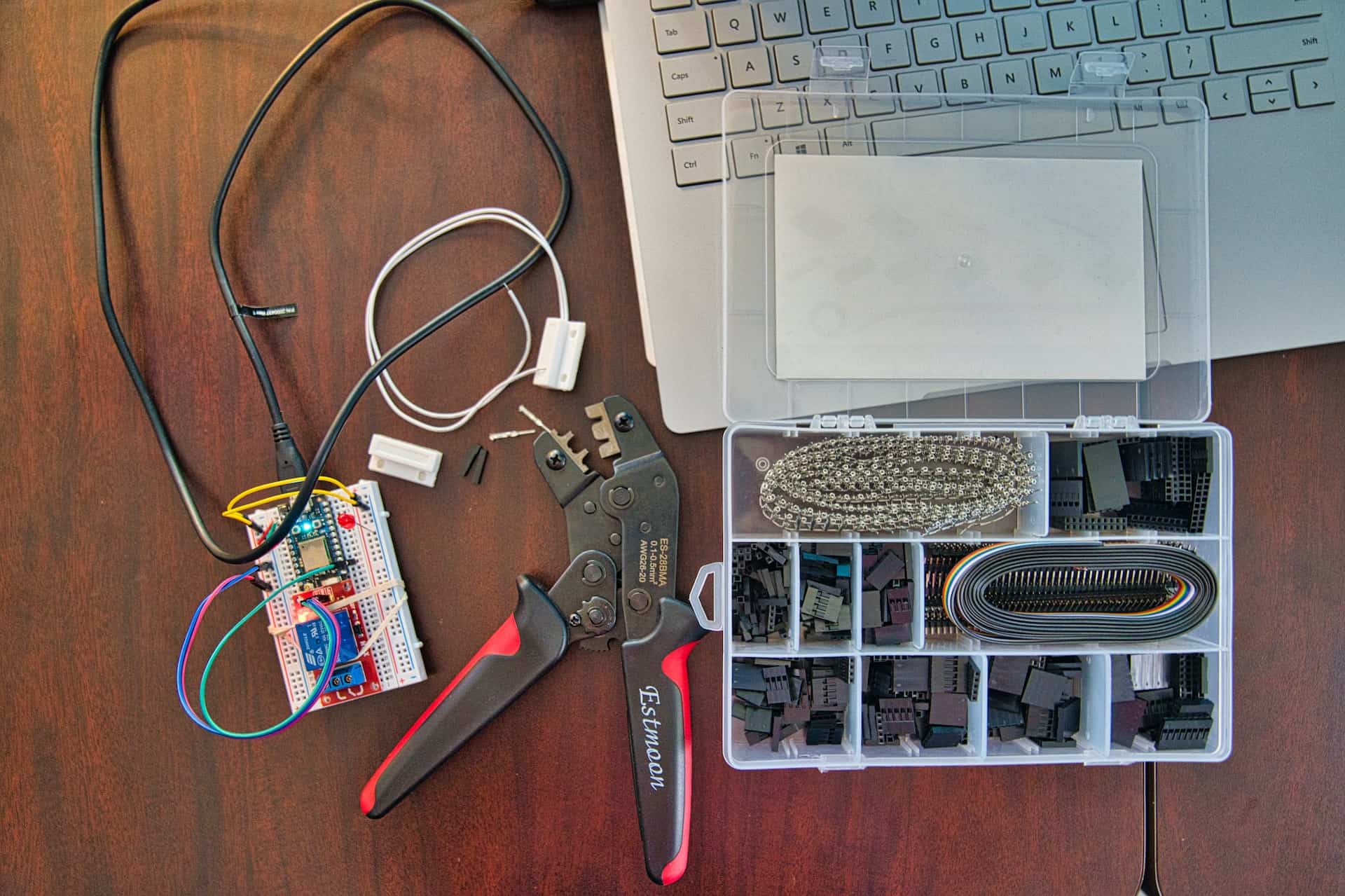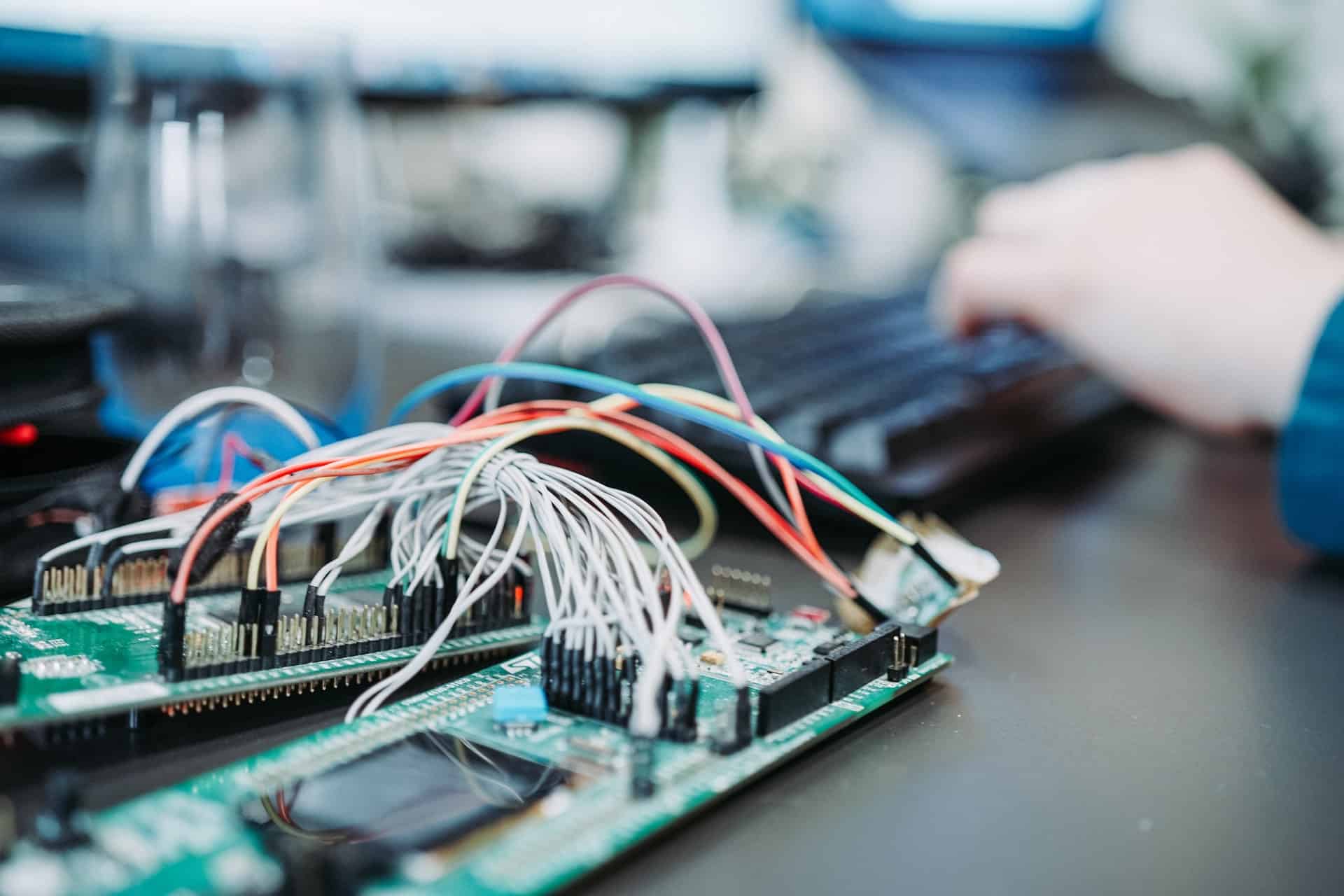As the world of technology advances, more and more devices are becoming interconnected. This onslaught of new devices, or the “Internet of Things,” has created a need for testing frameworks that can accommodate this vast number of interconnected devices.
The Internet of Things is an ecosystem of interconnected devices and sensors that collect and exchange data. IoT apps are designed to run on these devices and enable them to communicate with each other. However, testing IoT apps can be challenging because IoT devices are often resource-constrained. Traditionally, testing has been done manually, which is time-consuming and error-prone. Automated testing tools can help to speed up the process and reduce errors. However, there are few automated testing tools specifically designed for IoT development company to use.
What is IoT Testing
IoT testing is testing the functionality, performance, and security of IoT devices and systems. IoT devices are often interconnected and communicate with each other to exchange data and perform actions. This data communication can be between devices within the same room or across the globe. Because of this interconnectedness, it is essential to test that data is securely exchanged and that device interactions are performed as intended.

Additionally, because IoT devices are often battery-powered, it is important to test for power efficiency to ensure that the devices can operate for extended periods without needing to be recharged. Ultimately, internet of things testing is critical in ensuring that IoT devices are secure, efficient, and functioning as intended.
The increasing adoption of IoT devices and services, and the need for effective quality assurance and testing of these devices and services, are the key factors driving the growth of the IoT testing market.
Types of Testing in IoT Systems
1. Functional Testing
Functional testing is IoT device testing that verifies that it performs its intended functions. This might involve testing that each device can connect to the network and exchange data with other devices for an IoT system. It might also involve testing that the system can perform its routine tasks, such as controlling lights or monitoring security cameras. Functional testing is essential to ensuring that an IoT system works properly and can be used as intended.
2. Performance Testing
Performance testing is a critical step in the development of any IoT system. It helps to ensure that the system can handle the volume and type of data it will collect and transmit. In addition, performance testing can identify potential bottlenecks or issues impacting the system’s performance.
One common type of performance testing is load testing, which involves putting the system under increasing stress levels to see how it responds. This can help to identify potential bottlenecks and areas of improvement. Another type of performance testing is stress testing, which involves subjecting the system to extreme conditions – such as high temperatures or extended periods of downtime – to see how well it holds up.
3. Compatibility Testing
Compatibility testing is a type of non-functional testing conducted to check whether the application is compatible with the hardware, software, operating system, and network environment in which it will be deployed.
Compatibility testing aims to ensure that the application functions as expected in the target environment. It is important to note that compatibility testing does not focus on the application’s functionality; instead, it focuses on how well the application performs in its target environment.

4. Security Testing
Security testing is a type of testing that assesses the security of a system. By its nature, IoT systems are connected to various other devices and systems, making them vulnerable to attack. Security testing helps to identify and fix potential security vulnerabilities so that an IoT system can be as secure as possible.
Several different techniques can be used for security testing, depending on the system’s specific needs. However, some common security testing techniques include penetration testing, fuzz testing, and code analysis. Using these techniques makes it possible to find and fix potential security issues before hackers exploit them.
IoT Testing Framework
When it comes to developing apps for the Internet of Things, a few key considerations need to be taken into account. First and foremost among these is the need for a comprehensive testing framework.
This is because IoT apps often rely on various hardware and software components, all of which need to be properly tested via software testing services before the app can be released. Without a robust testing framework in place, it’s all too easy for bugs and other issues to slip through the cracks, causing problems for users down the line.
A framework is a set of tools and best practices to help developers test their devices against potential problems and issues. This allows them to quickly identify and correct any bugs or vulnerabilities in their systems, ensuring that their products are safe and reliable for consumers. A testing framework for IoT apps can help ensure your software’s quality and reliability.

Developing for the IoT is complex, and it must be challenging to thoroughly test all aspects of your app. A testing framework can provide you with a set of tools and methods to help you test your app more effectively. It can also help automate some testing processes, making them more efficient.
In addition, a testing framework can provide you with a way to track and manage defects, making fixing them easier before they cause user problems. Ultimately, a well-designed IoT testing framework can help to improve the quality of your IoT software and ensure that it meets the needs of your users.
Conclusion
As the IoT testing landscape continues to evolve, it’s important to have a robust testing framework to ensure quality and reliability. If you’re looking to get started with IoT testing using a framework, many resources are available online to help you find the right tool for your needs.
Start by researching the different types of tests your device might encounter in the real world, then look for a suitable framework or suite of tools that will help you perform those tests effectively. With careful planning and implementation, an internet of things testing framework can help ensure that your device meets the highest standards for quality and reliability.